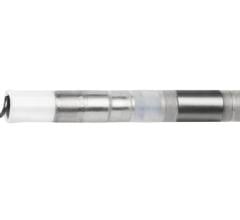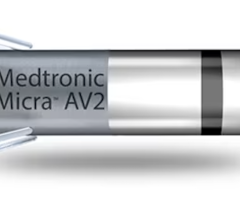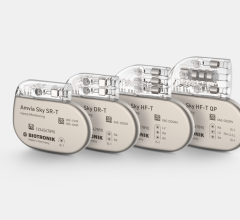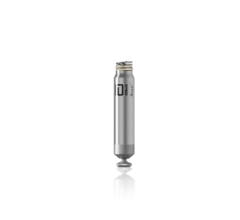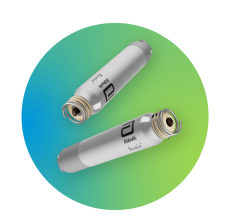December 17, 2014 — St. Jude Medical Inc. announced CE Mark approval of the Quadra Allure MP cardiac resynchronization therapy pacemaker (CRT-P). The Quadra Allure MP is a quadripolar CRT-P with the MultiPoint Pacing option, a technology that has been shown to enhance patients’ response to CRT, potentially improving quality of life for patients with heart failure.
The MultiPoint Pacing capability allows physicians to program simultaneous or sequential delivery of two LV pulses at two different anatomical locations on the left side of the heart per pacing cycle, rather than the standard single pacing pulse, which can result in more effective resynchronization, potentially leading to better clinical outcomes compared to single site pacing.
A recent study demonstrates that MultiPoint Pacing technology may be particularly beneficial in patients not responding to traditional bi-ventricular pacing therapy, which accounts for approximately one third of the total population of patients receiving cardiac resynchronization therapy (CRT). The technology, developed by St. Jude Medical, has demonstrated a 19-percent improvement in responder rates for patients with MultiPoint Pacing at 12 months compared to traditional methods of CRT. Additionally, research found improvement in left-ventricular (LV) function in patients who were already classified as a responder to CRT therapy.
The CE Mark announcement follows data that was presented during the XVI International Symposium on Progress in Clinical Pacing in Rome, Dec. 2 – 5, 2014. Building upon the 19-percent improved responder rate, data shows that MultiPoint Pacing improved LV function for both responders and non-responders compared to traditional CRT. Additionally, a study suggests that multipoint LV pacing may reduce the burden of premature ventricular contractions (PVC), potentially improving the effectiveness of CRT.
“From our initial experience, we think MultiPoint Pacing improves cardiac function, resulting in better resynchronization and could be a further advantage of CRT,” said study investigator Francesco Zanon, M.D., FESC, FHRS, director of the electrophysiology unit department of cardiology from Santa Maria della Misericordia Hospital in Rovigo, Italy. “We observed significant improvement over traditional CRT pacing, and therefore believe this technology could have wide application because it is accessible for all CRT implanters.”
For more information: www.sjm.com

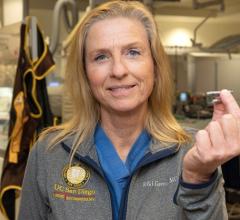
 March 26, 2024
March 26, 2024 

